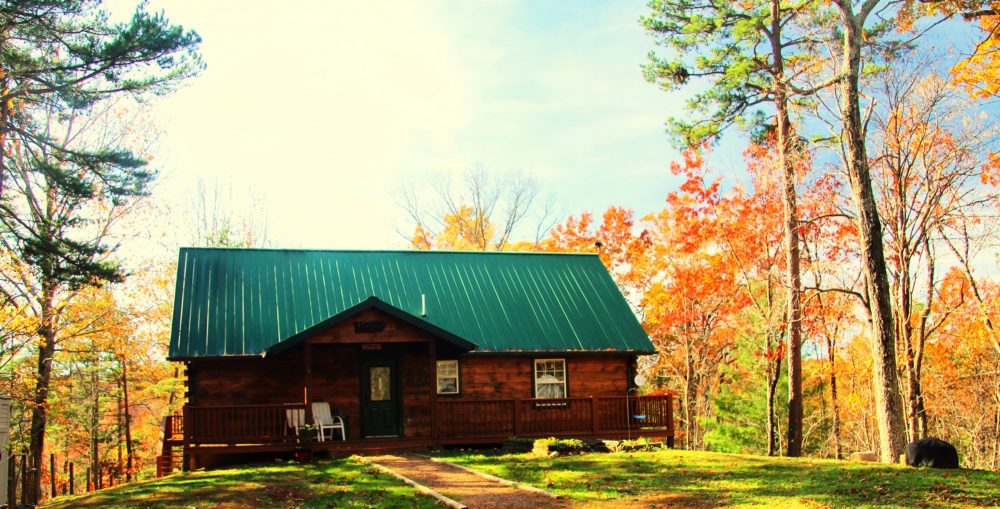It is a chilly 42F when we roll out of bed at 6:45. Weather Underground forecasts 82 by mid-day with brilliant bright sun and humidity around 22%. If we are going sand dune climbing, we better get going. We grab a quick breakfast and are at the trail head by 8:20. Wow, there are tons of mosquitoes. The NP web page warned there could be but, it seemed they might be exaggerating. This is high desert after all! Nope, they decend upon us in clouds and even with repellant we scurry out of vegetation onto the wind-swept sand field to find relief. Medano Creek originates as snow melt high in the Sangre De Cristo mountains and wraps around this side of the dune field. It has reduced in flow since spring peak but it is still amazing to see it here. I take off my shoes and splash through the wonderfully cool braided rivulets. We witness pulse flow; a phenomenon caused as temporary sand dams in the flow form and collapse with the water flow. Pretty cool. It is a fun crossing.
This is high desert after all! Nope, they decend upon us in clouds and even with repellant we scurry out of vegetation onto the wind-swept sand field to find relief. Medano Creek originates as snow melt high in the Sangre De Cristo mountains and wraps around this side of the dune field. It has reduced in flow since spring peak but it is still amazing to see it here. I take off my shoes and splash through the wonderfully cool braided rivulets. We witness pulse flow; a phenomenon caused as temporary sand dams in the flow form and collapse with the water flow. Pretty cool. It is a fun crossing.
Ok time to start hiking. That’s where we are heading, High Dune. Just follow the ridges a mere 2.5 miles round trip. The path is rolling to start but soon becomes steeper with many sections across deep loose sand. There are quite a few breaks and after an hour of climbing we begin to question whether we really need to go all the way to High Dune. Well, maybe. We keep trekking. We are both doing lots of huffing and puffing and I’m a bit queasy. Looks like maybe I am not quite acclimated to 7500 – 8000 ft. We cut the hike short stopping at a pre-dune after about a 325ft climb in elevation and take a seat on the ridge. The view is fantastic and it’s a great spot to sit and watch sand boarders. With a bit of rest, some salty snacks, and plenty of water I’m feeling ok. We stick to our decision to stop our ascent and make our way back down toward the creek. No way the High Dune trip could have been just 2.5 miles. Our round trip was 2.25 miles and it was easily another ¾ mile to the very top. No matter, we had a great hike.
We check out the visitor center and get a pretty good lesson on this unique ecosystem that encompasses the mountain ridge (its contribution of water from snowmelt and effect on wind and weather patterns), the sand field (its origin as mountain erosion products deposited in a great inland sea), and water (it sustains life here, regenerates the aquifer, and transports sand back to the base of the dunes to be carried through again) together they sustains this always changing but ever stays the same system. This site is one of the few National Park and Preserve sites where all elements, even the underlying aquifer are protected and the ecosystem less threatened by neighboring land uses. Good Job Department of the Interior.
